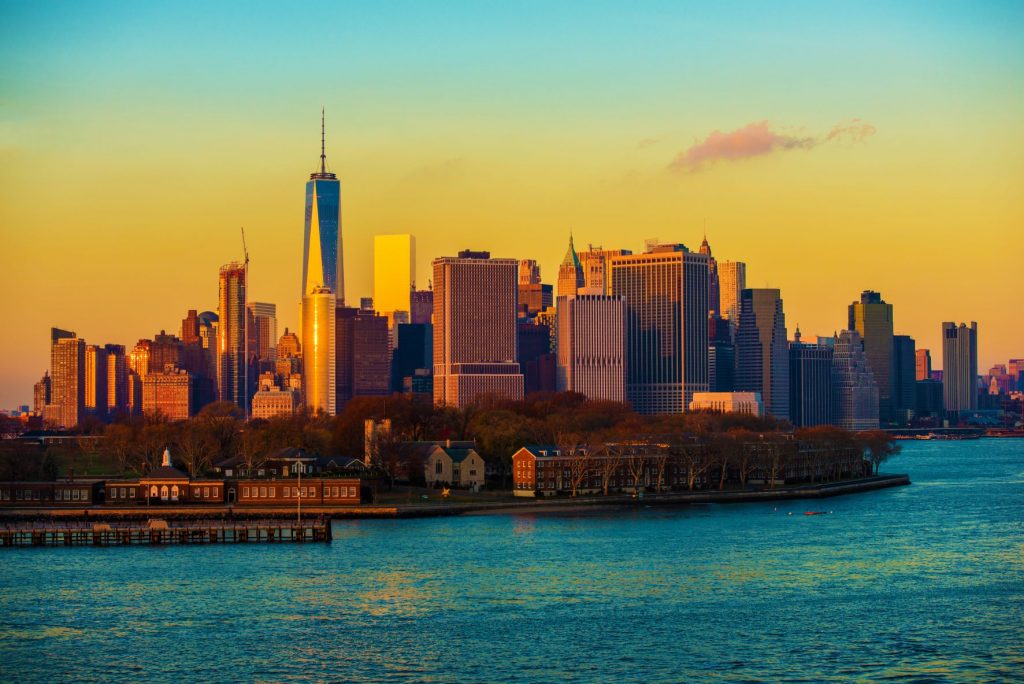On November 7, 2022 the latest version of the NYC Building Construction Code goes into effect. In today’s article we will be going over some of the bigger changes that may impact building owners, architect and contractors related to Sprinkler and Standpipe systems.
Limited Area Sprinkler Systems
The definition for limited area sprinkler systems has been reduced from 20 sprinkler heads to 6 sprinkler heads. Areas that require more than 6 sprinklers in an otherwise non-sprinklered building will require central supervision. A limited area sprinkler system, is an automatic sprinkler system serving fewer than 6 sprinkler heads on any single connection.
Standpipe at Intermediate Stair Landings
Where floor to floor height is greater than 25 feet, additional standpipe hose connections will be required in stairs connecting those floors on the first intermediate stair landing below the higher floor level.
Fire Pump Room Clarifications
Additional clarity has been added to what is not allowed within a fire pump room. Refrigerant piping, gas piping, gas consuming devices, gas meters or other gas equipment and fuel storage or fuel consuming devices are not allowed within fire pump rooms.
These requirements are in addition to the requirements of NFPA 20 which include being free of storage, equipment and penetrations not essential to the operation of the fire pump.
Water distribution equipment such as domestic booster pumps are allowed to be located within fire pump rooms but gas-fired water heaters for example would not.
Indoor fire pump rooms in high-rise and all non-sprinklered buildings shall be 2-hour rated. Indoor fire pump rooms in fully sprinklered, non-high rise buildings may be 1-hour rated unless explicitly state otherwise elsewhere in the code.
In addition to moving from the 2014 Building Code to the 2022 Building Code, the NFPA 13 reference standard is being updated from the 2007 version to the 2016 version. This comes with it some additional changes as well.
Cloud Ceilings
In previous versions of the code, there was a lack of clarity regarding the requirements for cloud ceiling areas. This resulted in sprinklers being required above and below clouds in many situations. In the 2016 version of the code, there is a clear definition of cloud ceilings with guidelines for when sprinklers can be omitted from above clouds.
The determination of when sprinkler heads can be omitted is based on multiple factors including the size of clouds, the opening distance between other clouds or walls and the total opening area between clouds and walls.
Cloud ceilings 20’ or higher will always require sprinklers above and below clouds.
In general, the best way to omit sprinklers above close ceilings is the maximize the size of the clouds while minimizing the open area around clouds.
Air Venting
All wet pipe sprinkler and standpipe systems utilizing metallic pipe shall have a single air vent. Only one vent is required, venting from multiple points if not required.
This is not an exhaustive list of all changes resulting from the change in code but a sample of some larger and more impactful changes to be mindful of going forward.


